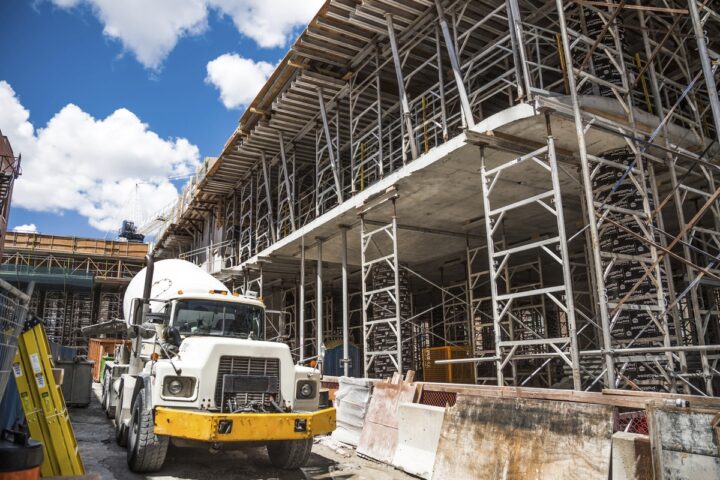Autonomous Construction: Transforming the Building Industry

About Course
The construction industry is on the brink of a major revolution, powered by autonomous technologies that are reshaping how buildings are designed, constructed, and maintained. This course dives into the exciting world of autonomous construction, where robotics, artificial intelligence, and emerging innovations converge to address age-old challenges like labor shortages, rising costs, safety concerns, and inefficiencies. From robotic bricklayers to AI-driven project management systems, discover how technology is transforming job sites into intelligent, self-regulating environments.
Through a mix of real-world case studies, expert insights, and emerging trends, you’ll explore how autonomous systems are being deployed in the field and what the future holds for smart building technologies. Whether you’re a construction enthusiast, an engineering student, or a professional looking to stay ahead of the curve, this course equips you with the knowledge to understand—and be part of—this next leap in construction innovation.
Course Content
Introduction
Definition of Autonomous Construction
00:00Importance of Autonomous Construction in the Building Industry
00:00Objectives of the eBook
00:00